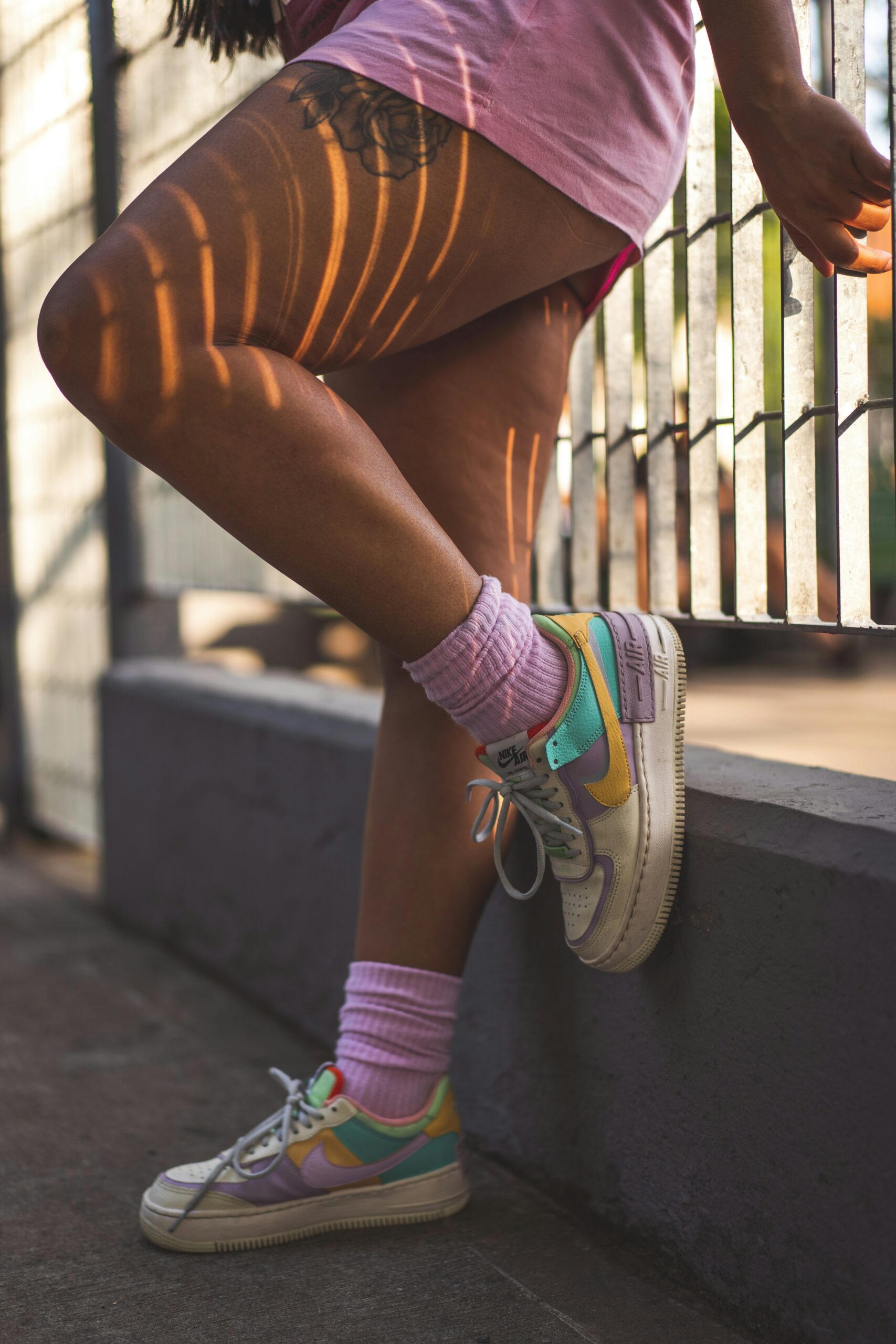Because typical fitness advice doesn’t account for boredom, sensory hell, or executive dysfunction.
I used to love the idea of fitness challenges. That first week where everything is shiny and new? Sign me up.
Then week two rolls in and suddenly I’m resenting the thing I was obsessed with 5 minutes ago.
If you have AuDHD, that probably sounds familiar.
Here’s the thing: fitness challenges can actually work, but only if you tweak them to fit your brain instead of trying to force your brain to fit the plan.
Why Most Challenges Don’t Work for Us
- They’re uncomfortable: Every day feeling sweaty, constricted and irritated = instant nope.
- They rely on perfectionism: Miss one day? You’re behind. Might as well quit.
- They assume you can remember things: We’re out here trying to remember if we brushed our teeth.
- They punish inconsistency: But ADHD brains are inconsistent. That’s the whole point.
What Did Work for Me
1. External rewards that actually matter to me
My work have a fitness challenge which rewards me with half a day of annual leave every 2 months if I hit 2,000 MEPs (Myzone Effort Points) per month. That’s it. No weight loss goal. No daily demands. Just a monthly total and a real reward. Do I do it consistently, through the month? No. Do I move like crazy the last 10 days of the month? You bet. Find a reward that is “worth it” for you.
2. Movement that fits into my life
I got a walking treadmill and a standing desk (affiliate links). I walk during meetings now. It helps me focus. It counts towards my fitness goal. And it doesn’t feel like A Workout™.
3. Comfort made a massive difference
I bought a dog walking bum bag — not sexy, but genuinely life-changing. Everything I need, right there around my waist, no digging into my shoulders or juggling pockets. (Want an info dump on what makes this bag so good? Click here.)
I also got some comfy AF trainers — Sketchers Go Run Max Cushioning (affiliate link), because my feet are fussy and life’s too short for blisters.
I picked up joggers from Vinted because I’m losing weight and we’re not into wasting money here at AuDHDly Specific. Plus, I’ve finally found clothes that don’t make me want to rip my skin off (coming soon: my sensory-friendly clothes blog).
All of that reduced my barriers to entry. If I can slam on something comfy and just go, or I’m already wearing something comfy? I do go. I sometimes even flipping jog now. It’s wild. But I actually want to move my body.
Mounjaro and my work challenge – I love you.
4. Low-pressure, repeatable habits
I don’t try to do something different every day. I rotate a handful of things that feel easy: dog walks, low-effort dance videos, walking in place during meetings. No fancy plans.
5. A forgiving mindset
I aim for progress, not perfection. Miss a day? Fine. Have a bad week? Reset. I don’t “start over.” I just keep going. That tiny shift keeps me from spiralling into shame and quitting altogether.
6. Visual tracking (but make it dopamine)
My Myzone tracker gives me effort points and little celebratory messages. It’s silly but it works. You could use a sticker chart, an app, or a spreadsheet with colours. Whatever makes your brain go “Oooh, nice.” Track the smallest wins.
Tips to Try Your Own
- Choose a challenge where missing a day doesn’t ruin it
- Find a reward that you actually care about
- Keep the options sensory-friendly and low-friction
- Add visual feedback or gamification (your way)
- Pair movement with something enjoyable: music, audiobooks, TV
- Let it be imperfect. Let it be messy. Let it be yours.
Fitness doesn’t have to be all or nothing.
You don’t have to become a gym person.
You just need something that works with your brain and your body, right now.
You’re allowed to make this feel good.
You’re allowed to do it your way.
And honestly? That’s the only way it ever sticks.

